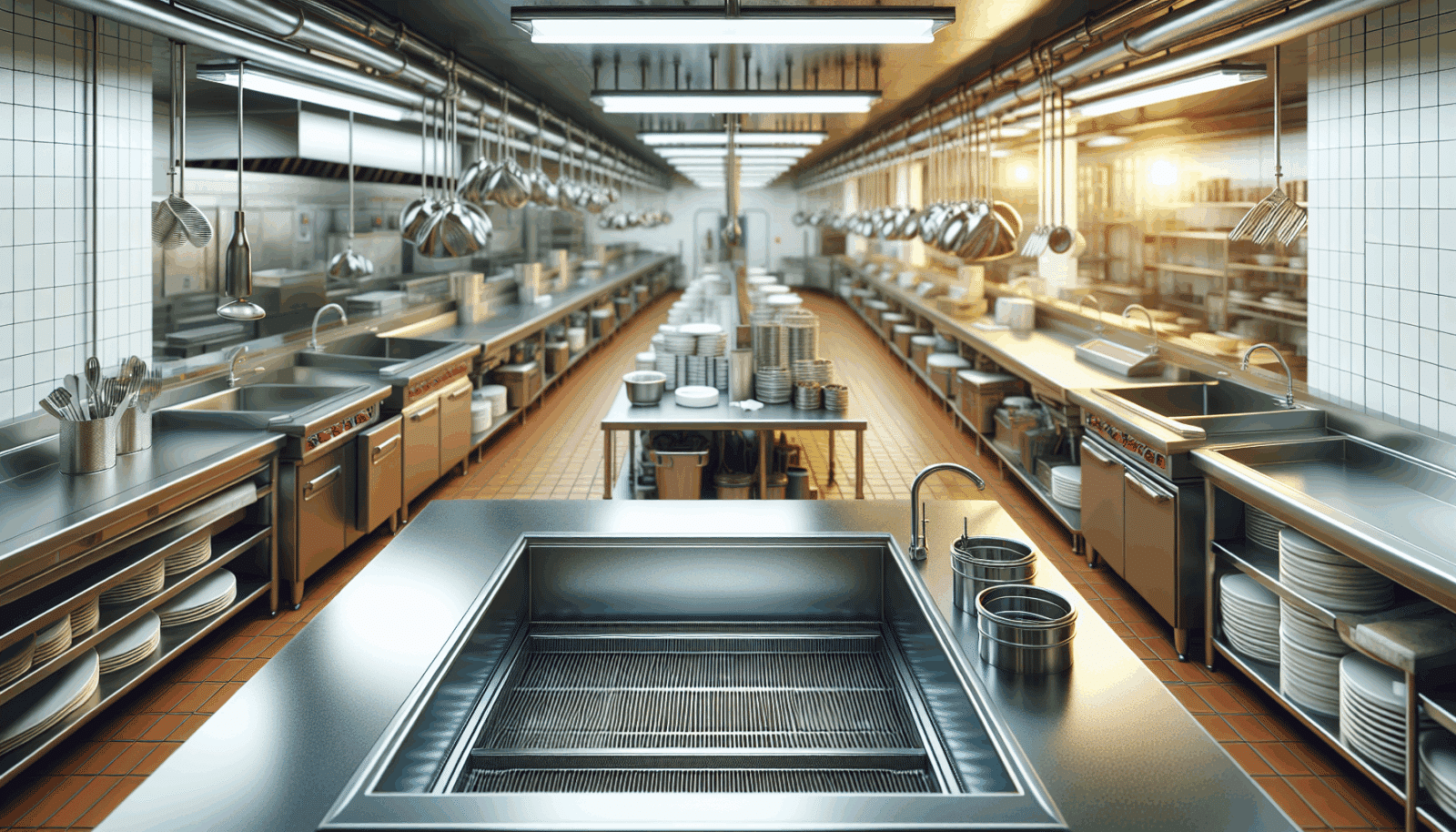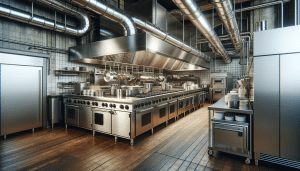At Utah Hood Cleaning, we understand the importance of a clean and efficient Grease trap for your kitchen. Grease traps can become a hassle if not maintained properly, leading to clogged drains and unpleasant odors. This blog post is designed to help homeowners like you keep your kitchen grease trap in top condition.
Understanding Your Grease Trap
Your kitchen grease trap serves an essential purpose by capturing fats, oils, and grease (FOG) before they enter your plumbing system. Without it, these substances would cause blockages and potentially costly repairs. To keep it functioning effectively, knowing how it works is key.
Generally, a grease trap separates FOG from water and stores it until you clean it out. Regular maintenance is crucial to prevent overflow and ensure it continues to work efficiently.
Observe Regular Maintenance Intervals
One of the most crucial steps you can take is adhering to a regular cleaning schedule. Neglecting this could lead to inefficient operation and unpleasant odors.
We recommend cleaning your grease trap at least once every three months. However, if you cook frequently, consider more frequent cleanings.
Use the Correct Tools
Using the right tools for grease trap maintenance can make the process a lot smoother. This includes having a proper scoop, gloves, and a designated container for waste.
Additionally, having a scraper can help you remove hardened grease that sticks to the sides of the trap.
Avoid Placing Grease Down the Sink
One of the simplest yet most effective ways to prolong the life of your grease trap is to avoid pouring grease directly down the sink. Over time, this practice can lead to clogs and overburden your grease trap.
Instead, pour cooled grease into a container and dispose of it in the trash. This small step can make a huge difference.
Monitor Water Temperature
The temperature of the water you run through your grease trap matters. Hot water can melt grease, causing it to pass through the trap and solidify further down the pipes.
We suggest using warm or cool water to help fats and oils solidify in the trap, making it easier to clean.
Conduct Regular Inspections
Keeping an eye on your grease trap’s condition helps you spot potential issues early. Regular inspections allow you to catch buildups before they become problematic.
After each cleaning, take a few minutes to inspect the trap’s components. Look for any signs of wear and tear that might need addressing.
Proper Disposal of Waste
Disposing of the waste collected from your grease trap correctly is vital. Improper disposal can cause environmental harm and attract pests.
Place the waste into a sealed, durable container. Make sure it’s clearly labeled and dispose of it according to local regulations.
Utilize Biological Treatments
Biological treatments use bacteria and enzymes to break down FOG in your grease trap. These treatments can significantly improve efficiency and reduce odors.
Apply these treatments according to the manufacturer’s instructions, generally during off-hours to allow them time to work effectively.
Five Essential Tools for Grease Trap Maintenance
- Scoop: A sturdy scoop is vital for removing solidified fats and oils from the trap. Make sure it’s durable and easy to clean.
- Gloves: Cleaning a grease trap can be a messy job. Good quality gloves will keep your hands protected and free from harmful substances.
- Scraper: A metal or hard plastic scraper helps in removing stubborn, stuck-on grease from the trap’s sides.
- Waste Container: Having a designated container for grease disposal makes the process more hygienic and straightforward.
- Biological Treatments: These treatments are excellent for breaking down grease and minimizing odors in your trap.
Keep Records
Maintaining a detailed log of your grease trap cleaning schedule, inspections, and any treatments used can help you stay on top of maintenance. This record-keeping shows patterns and helps in planning future cleanings.
Plus, having detailed records can be invaluable if you ever need professional help or if issues arise that require a history of your maintenance activities.
When to Call Professionals
Despite your best efforts, sometimes professional help is necessary. If you notice persistent clogs, unpleasant odors, or slow drainage, it’s time to contact the experts.
At Utah Hood Cleaning, we offer comprehensive grease trap maintenance and cleaning Services to keep your kitchen running smoothly.
Need help with your kitchen grease trap? Contact Us by phone # 801-853-8155 or Request a Free Quote.




